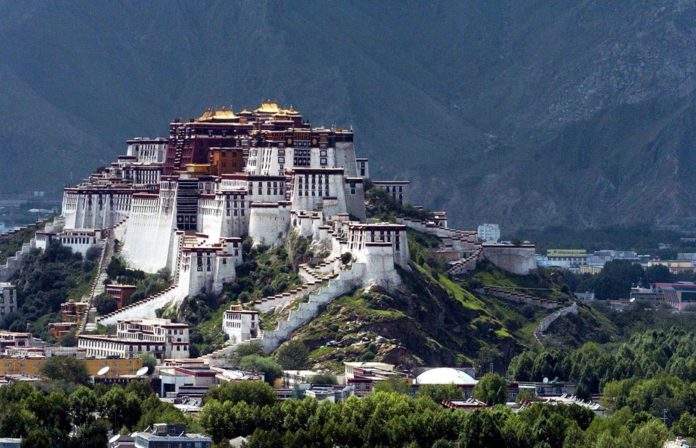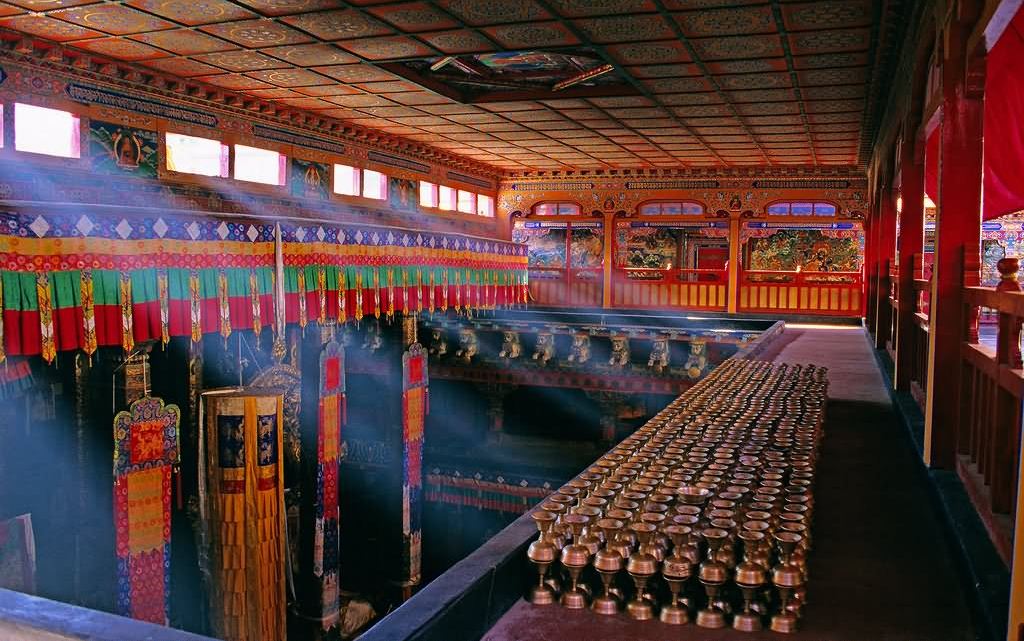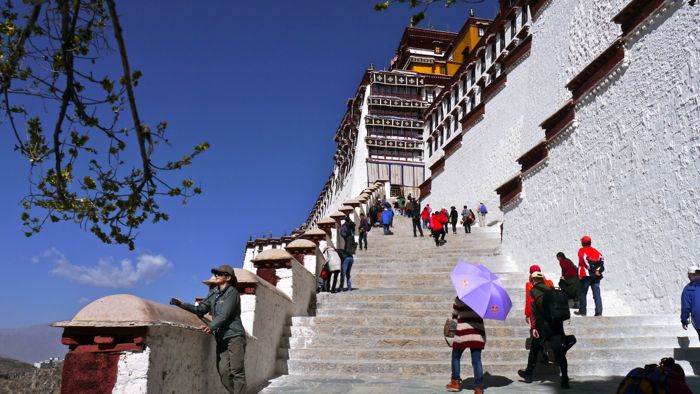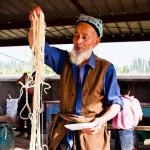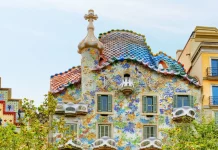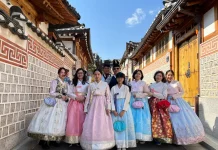The Potala Palace is known as the tallest palace in the world, located in Lhasa, the capital of Tibet. This palace is considered to be a symbol of Tibetan Buddhism. The Potala was once used as the winter palace of the Dalai Lama, as well as the capital of the Tibetan government.
- Pietà — The Michelangelo’s sculpture masterpiece
- Siem Reap tourist attractions — Top 10 best places to visit in Siem Reap, Cambodia
- Banteay Srei Temple — One of the most sacred temple you must visit in Siem Reap, Cambodia
- Siem Reap itinerary 4 days — How to spend & what to do in Siem Reap in 4 days?
- Visiting Fenghuang Ancient Town — One of the most charming ancient towns of China
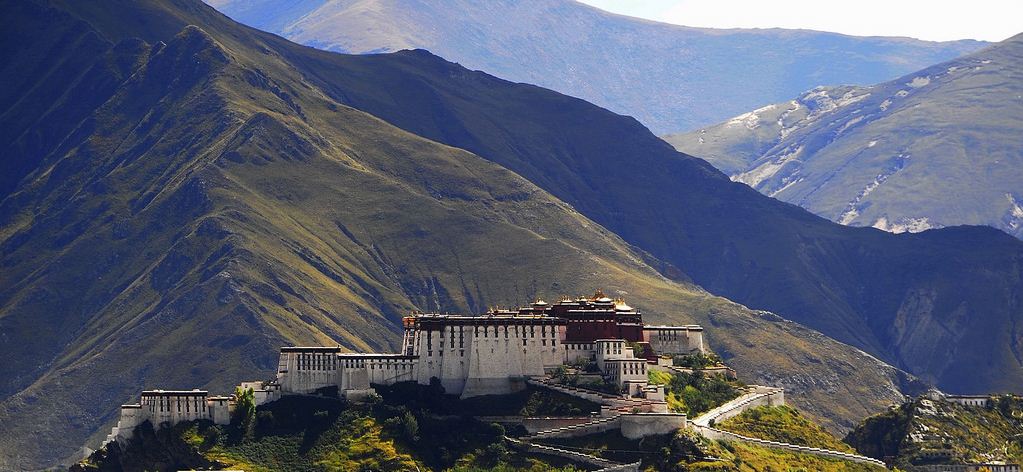

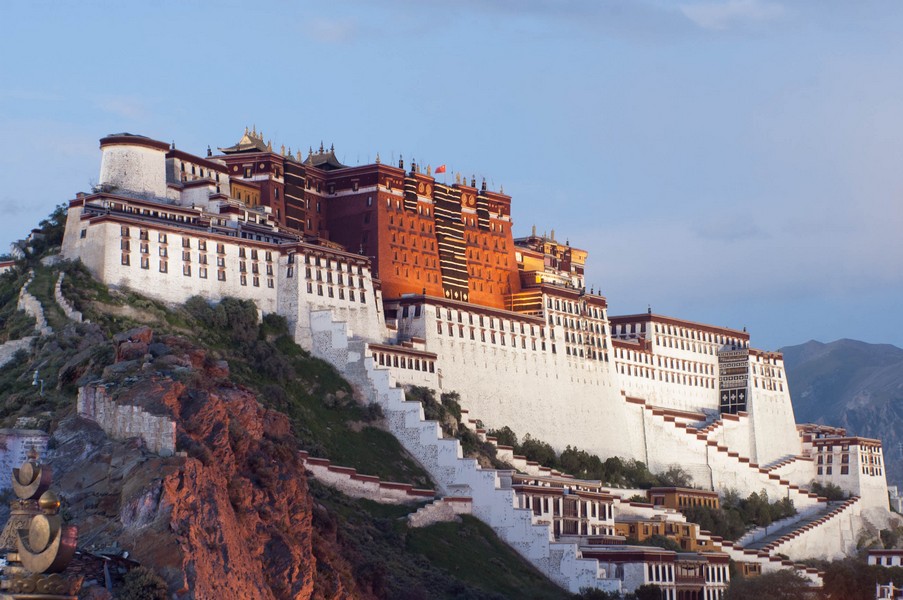
It is a symbolic work of power associated with the Dalai Lama and the reincarnation of the Dalai Lama and the Holocaust, which preserve and spread the traditional Tibetan culture.

The location is super high
Situated on top of Hong Hill overlooking the Lhasa Valley, this 170m-high Potala Palace is considered the largest and most magnificent palace among all palaces in Tibet. Located at an altitude of 3,600 meters above sea level.
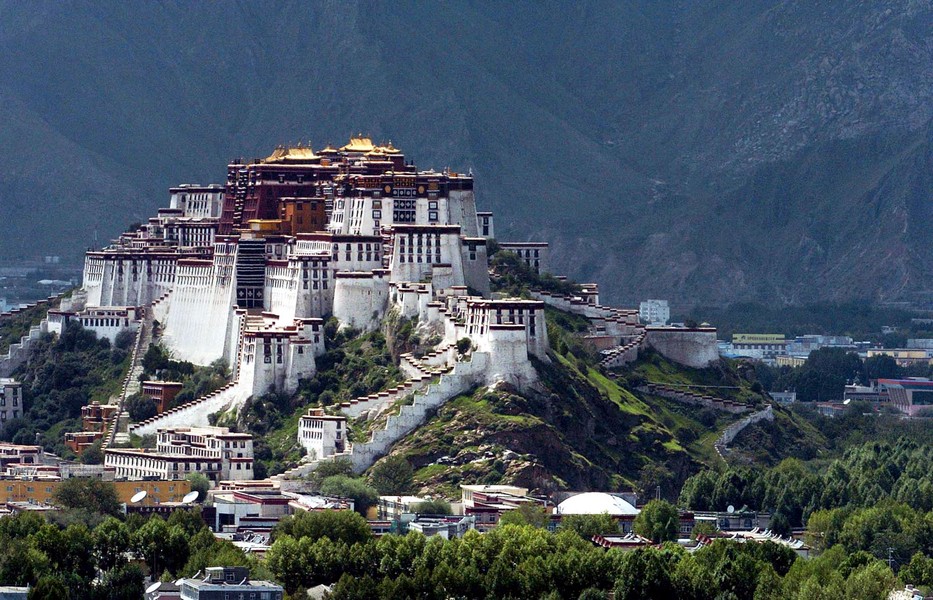
After a long journey, worshiper has to continue climbing up 300 steps to admire the Potala. At such altitude, the air is thin and oxygen-depleted.
Legend has it that there is an extremely sacred cave in this hill, and once home to a Quan Yin Bodhisattva (also known as ‘Chenrezi’ in Tibetan), a Bodhisattva – the compassion of the Buddhas.
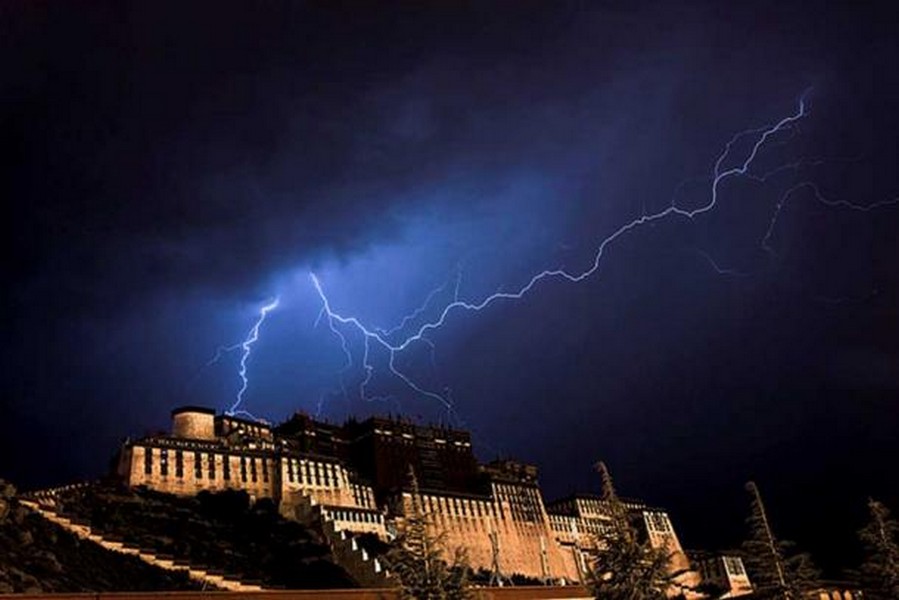
King Songtsen Gampo has used this cave as a resting place to meditate. In the 7th century, in 637, during the reign of King Songtsen Gampo, he built this palace on Marpo Ri. Legend has it that Potala was built to welcome his fiancé, Princess Tang of China who is also a Buddhist disciple.
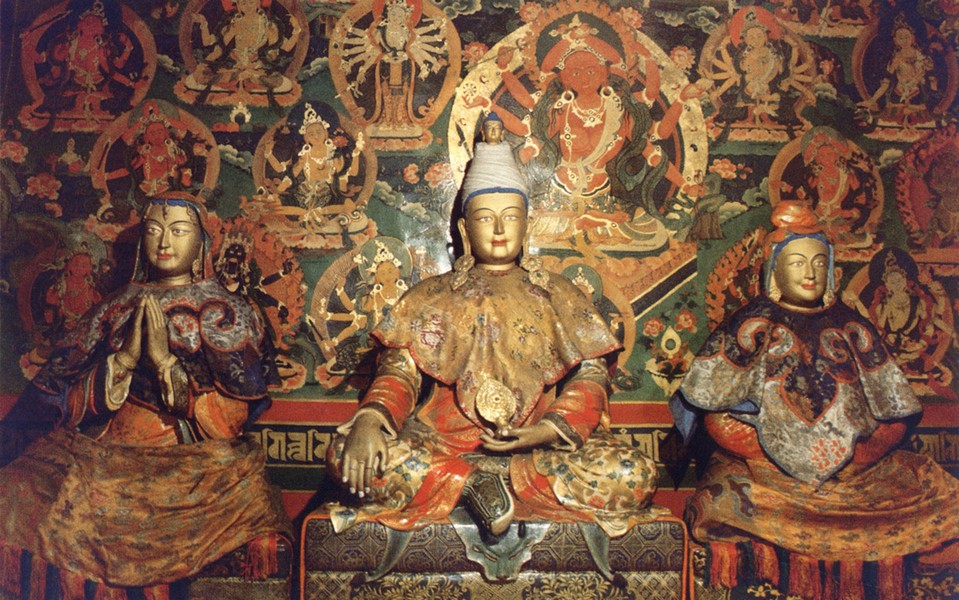
The Palace of the Dalai Lama in Winter
Although firstly built during the reign of Tung San Juan, it was not completed like nowadays until the 17th century when the palace was re-built by Ngawang Lobsang Gyatso – the fifth Dalai Lama. In 1645, the palace is built under the supervising of the Dalai Lama. Three years later, the White Palace used as the Dalai Lama’s winter home was completed.

However, the entire architecture took decades to complete. For example, the Red Palace which was dedicated to Buddhist studies and prayer was completed only between 1690 and 1694. The Fifth Dalai Lama did not see the completion of the palace as he passed away in 1682. Many persons fear that his death will leave the project unfinished, so they decided to keep the Dalai Lama’s death as a secret for 10 years until the Red Palace is completed. During the construction of the palace, a monk who looks similar to the Dalai Lama has disguised him to avoid disturbance.
China occupied
In 1959, the Tibetan uprising against the Communist Party of China harsh economic and religious policies broke out. The rebellion is unsuccessful, then the 14th Dalai Lama – Tenzin Gyatso refuged to India. Therefore, the Potala Palace is no longer the dwelling of the Dalai Lama.
In the 1960s and 1970s, many Tibetan religious structures became ruins of the Red Army during the Cultural Revolution. The Red Guards have destroyed thousands of Tibetan monasteries, few monasteries are kept until today. Nowadays, the Communist Party of China still persecutes Tibetan Buddhism and enforces discriminatory policies against Tibetan people and culture.
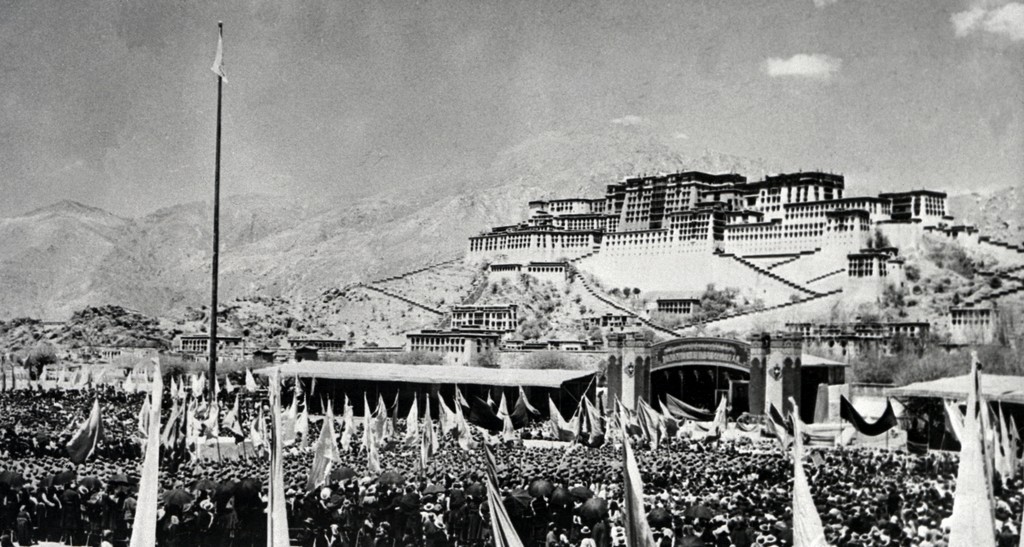
Potala Palace in 1959 when Tibet revolted. Photo by: Potala Palace history blog.
However, the Potala Palace was not destroyed due to its symbolism, and it was retained by Zhou Enlai’s army. The Chinese government has transformed the Potala Palace into a state museum, and it remains a famous Buddhist pilgrimage site, as well as being recognized as a UNESCO World Heritage Site in 1994.
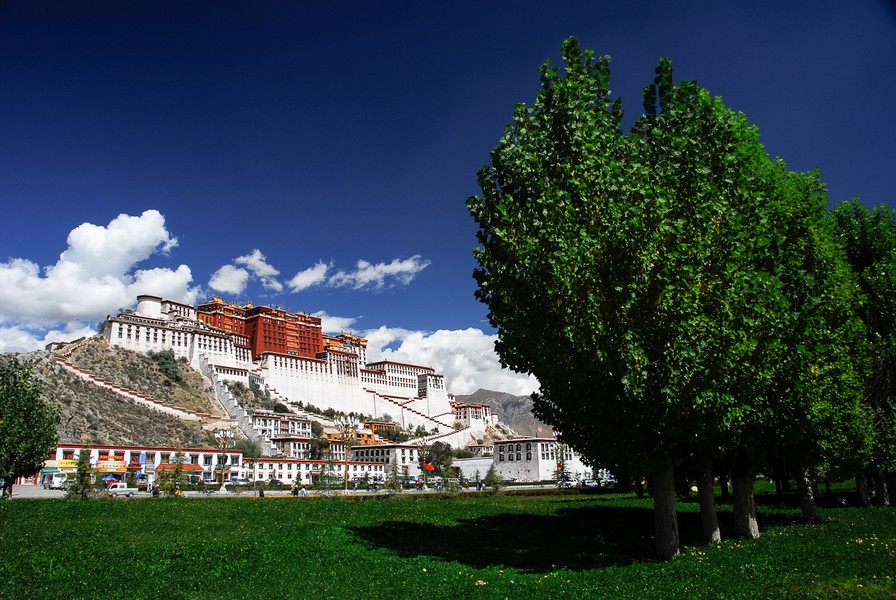
A magnificent architecture

The palace also contains many valuable works of art, including Buddha statues, antiques, as well as murals … Among them, paintings on the walls of the Potala Palace depict important events in Tibetan history, as well as stories about The life of the Dalai Lama.

Finally, the Potala Palace is said to be more sacred as it is the burial place of the Dalai Lama.
At present, the Potala Palace consists of 13 floors, with 1,000 rooms, more than 10,000 altars of the Buddhas, 20,000 statues carved in all sorts … The palace consists of three parts: the front palace in front of the mountain, mountain peaks and lakes behind the mountain.
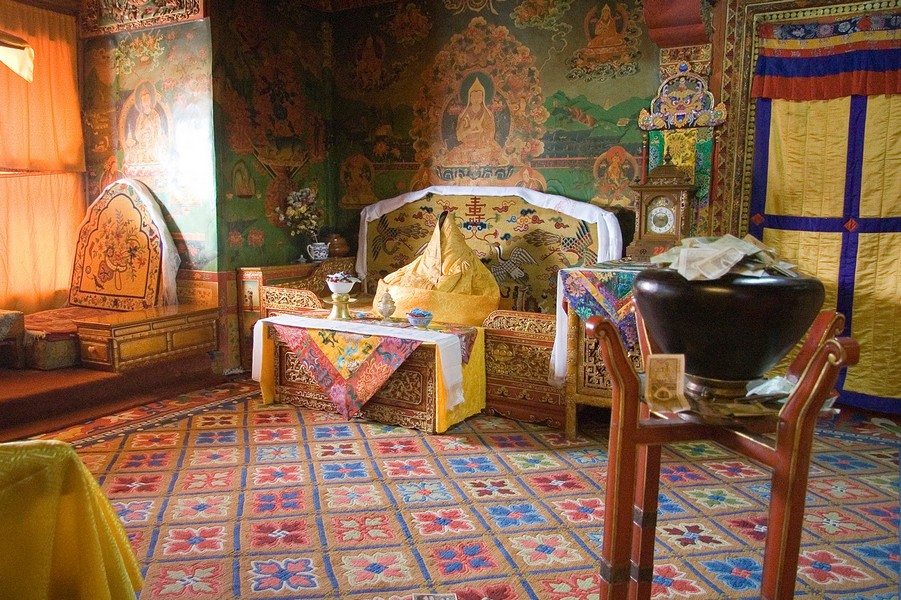
The palace has three gates: the East Gate, the South Gate, and the West Gate, along with two stairs, where the administration offices are located such as: the printing place of Buddhist Scriptures, the monks and nuns’ residence.
Climbing through the stone path will lead you to the White Palace and the Red Palace. The Red Palace is a religious architecture where tombs of eight former Dalai Lama were buried here.
The Red Palace has red wall, according to Tibetan culture, it is the symbol of power, where the pyramid (tomb of the Dalai Lama is made of gold). The fifth Dalai Lama’s mummy is kept in a tower (a domed arch) in the western part of the Red Palace. This tower is 5 stories high, covered with 4 tons of gold, and is covered by large amounts of semi-precious stone. It was also home to the highest political and religious power in Tibet in the past.
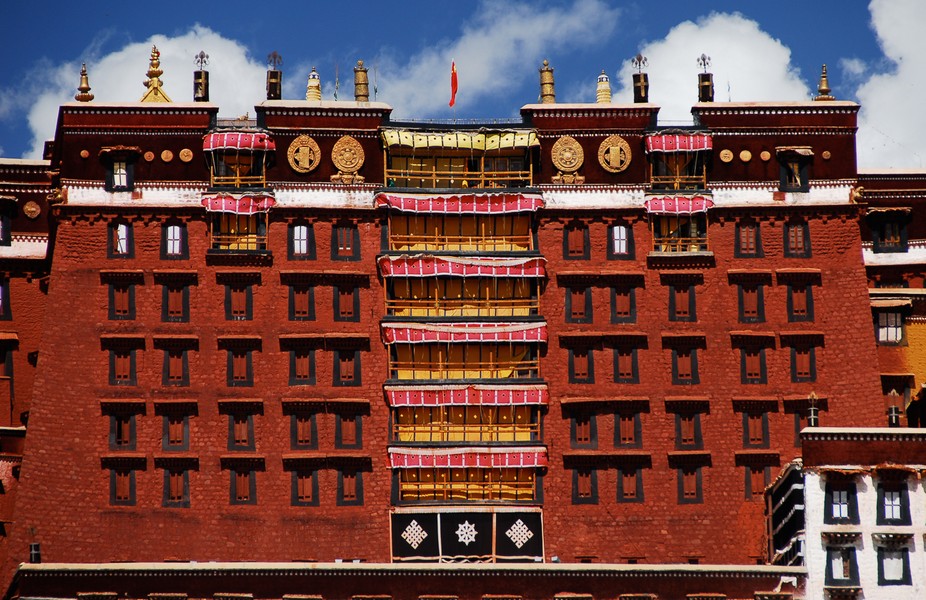
The White Palace is in the east of the building with white clay wall, considered by the Tibetan people as a symbol of peace. The layout here is very splendid and solemn. The windows are designed outward which is very effective in getting light and wind.
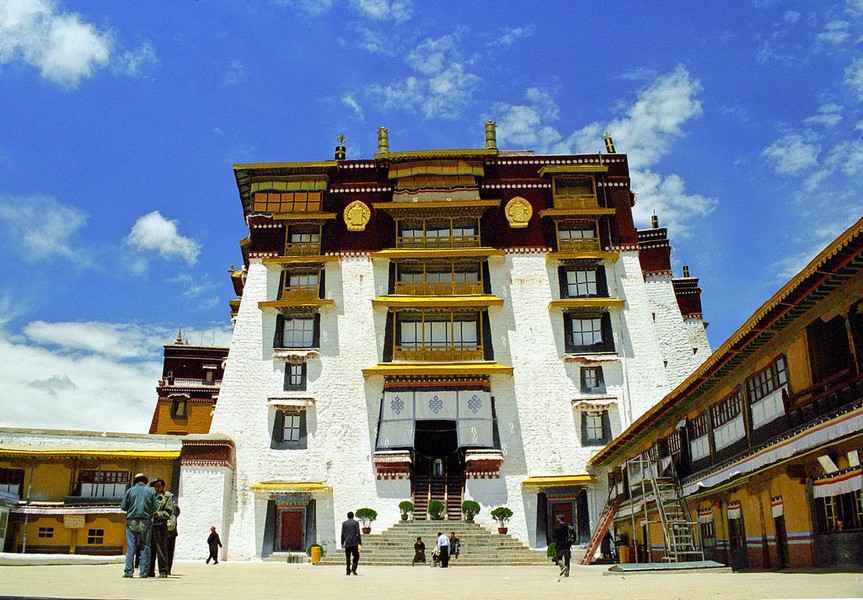
Cuokin – the largest building in the White Palace is the place where the Dalai Lama celebrates important religious and political rites. There are Buddhist shrines, a library of books and a printing room in the White Palace.
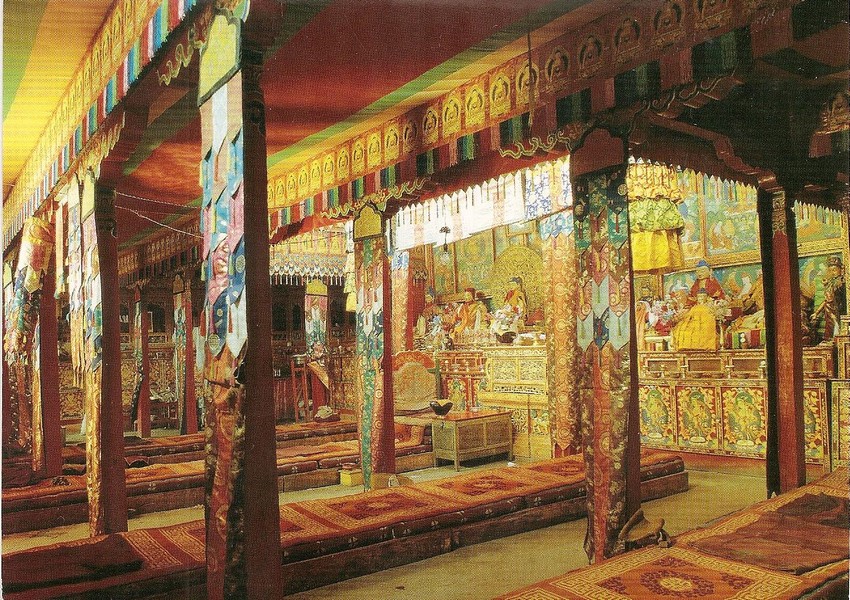

Despite the development of Lhasa in recent decades, the Potala Palace stands out from the cityscape with its ancient and majestic appearance. Whether you are a Buddhist or not, get a chance to visit the Potala Palaceto won’t let you disappointed.
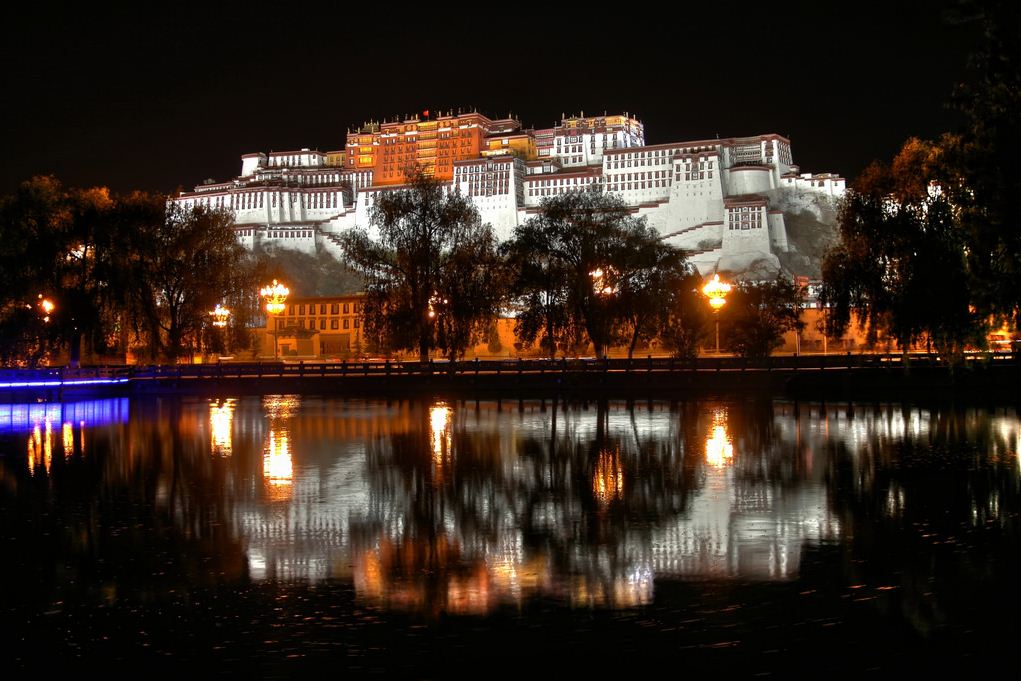
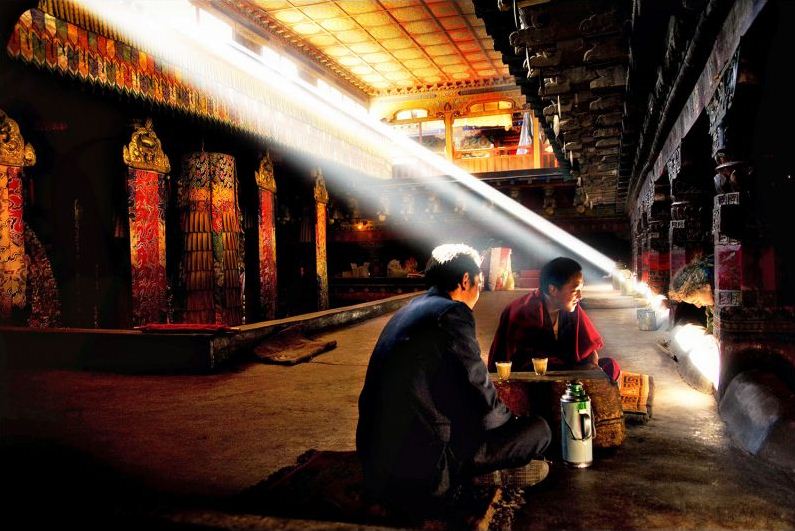
Potala Palace information
Address: 35 Beijing Middle Road, Chengguan, Lasa Shi, Xizang Zizhiqu, China.
Telephone
The Potala Palace Management Office: +86-891-6832362
Norbulingka Park Management Office: +86-891-6822644
Opening hours: 9:30 AM – 3 PM (Nov – Apr)/ 9 AM – 3:30 PM (May – Oct)
Entrance fee: May 1 to October 10: CNY 200/ November 1 to April 30: CNY 100. Only 4000 tickets are issued each day. Tickets are sold from 8:40 am to 4 pm
Resources: http://whc.unesco.org/en/list/707
How to get the ticket: During the peak season (from May to October), all visitors are requested to reserve their tickets with their valid ID document (ID cards and passports) one day up front before they take a visit. Visitors can have 4 reservation tickets at a time, but one valid ID document can be used once in 1 week. The reservation ticket window is opened at 9 am and closed after sold out.
You have to visit the palace at the given date and time – the same on the reservation tickets. Afterward, go to the main gate to get the tickets and ID documents checked, walk to the ticket office to buy the entrance tickets. You can start your trip after another security check.

How to get to Potala Palace?
- By Bus: Take the bus No. 1, 7,11, 13, 20, 21, 22, 26, get off at Minhagju Station, and walk to the ticket office- By shuttle bus: Another way to get is to take shuttle bus from Gonggar Airport to Minhangju Station that costs CNT 25.
- By shuttle bus: Another way to get is to take shuttle bus from Gonggar Airport to Minhangju Station that costs CNT 25.
Visit tips
- You have to enter from the east main entrance
- The limited time for visit is 1 hour
- It is advisable to try the water closet at the White Palace’s back gate.
- Bring along a coat as the hall is a bit cold and damp/
- The liquid of any kind is not permitted, including mineral water. You can only by one bottle at the top of the hill at a cost of CNY10.
- Oxygen bag is not allowed
- Don’t wear a hat or sunglasses
- Don’t smoke in the halls
- Don’t take photos inside the palace
































